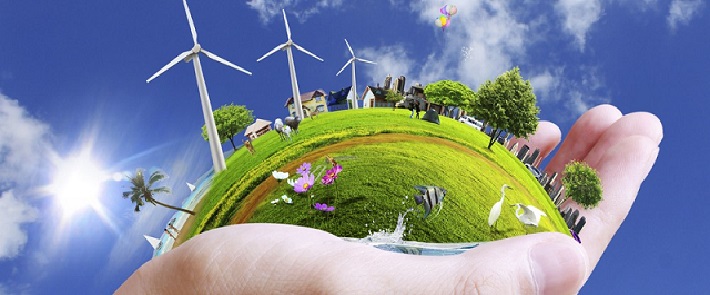EU Member States agreed yesterday on a Commission proposal to invest €998 million in key European energy infrastructure projects under the Connecting Europe Facility (CEF). Yesterday’s positive vote provides financial aid for works and studies for ten projects.
The largest amount of funding goes to the Baltic Synchronisation Project (€720 million), to better integrate the electricity markets of Estonia, Latvia, Lithuania and Poland. Other projects include a smart electricity grid linking Hungary and Slovakia (€102 million), and the first-ever CEF grant for works on a CO2 transport project for Belgian and Dutch ports.
 Kadri Simson, Commissioner for Energy, said: “These ten projects will contribute to a more modern, secure and smart energy infrastructure system, which is crucial for delivering the European Green Deal and meeting our ambitious 2030 climate targets. Yesterday’s decision marks a decisive step in the Baltic Synchronisation process in particular, a project of European strategic interest. These investments will help sustain the EU’s economic recovery and create jobs.”
Kadri Simson, Commissioner for Energy, said: “These ten projects will contribute to a more modern, secure and smart energy infrastructure system, which is crucial for delivering the European Green Deal and meeting our ambitious 2030 climate targets. Yesterday’s decision marks a decisive step in the Baltic Synchronisation process in particular, a project of European strategic interest. These investments will help sustain the EU’s economic recovery and create jobs.”
The allocation of funds is in line with the objectives of the European Green Deal, with 84% of funds going to electricity or smart grid projects. Yesterday’s vote grants financial aid for ten projects: two for electricity transmission, one for smart electricity grids, six for CO2 transport (including five studies), and one for gas. The projects greenlighted yesterday include:
Baltic Synchronisation Project, Phase II (€720 million): Following a previous investment, this new funding will go to the construction of Harmony Link – an electricity cable connecting Poland and Lithuania through the Baltic Sea. The cable will become a building block for the future offshore grid in the Baltic Sea. This funding will also cover investments such as synchronous condensers in Estonia, Latvia and Lithuania.
Danube Ingrid (€102 million): This smart electricity grid project in Hungary and the Slovak Republic will improve network management and increase the quality and security of supply for all market participants. It will also support the efficient integration of renewables.
The Porthos CO2 transport network project (€102 million): This project between the Netherlands and Belgium will develop an open access CO2 transport network in three of Europe’s main ports (Rotterdam, Antwerp and North Sea Port) leading to an offshore storage site in the North Sea.
The Bulgaria – Serbia Interconnector (€28 million): This priority project agreed under the CESEC High-Level Group will improve security of supply and diversification of gas imports in Southeast Europe.
North Sea Wind Power Hub (€14 million): A study to support the development of an important project for the roll-out of offshore wind in the North Sea.
Background
For Europe to transition to a clean and modern economy, it is necessary to adapt European infrastructure to the future needs of the energy system. Interconnections form the backbone of an integrated EU energy market, which will improve Europe’s security of supply, reduce the dependence on single suppliers and give consumers more choice. It is also essential for renewable energy sources to thrive and for the EU to deliver on its Paris Agreement commitments and its ambition to become climate neutral by mid-century.
Only Projects of Common interest (PCIs) on the Union list adopted by the Commission are eligible for a CEF grant. The latest PCI list was published in October 2019 and the next PCI list – the 5th – is expected to enter into force in early 2021. CEF-Energy has already awarded almost €4 billion in grants since 2014 with 65% allocated to electricity projects, including smart grids.
Future CEF–Energy funding is subject to a final agreement by the EU institutions on the Mulitannual Financial Framework for 2021-2027. Future awards will be in line with the planned revision of the Trans-European Networks for Energy (TEN-E) Regulation. The Commission is due to table its TEN-E proposal before the end of 2020, to ensure a future-proof framework to allow the EU to fund the infrastructure needed for delivering the European Green Deal.
More Information:
List of all projects receiving EU support under the current call
Overview of projects financed by Connecting Europe Facility – Energy in 2014-2019
Source: The European Commission